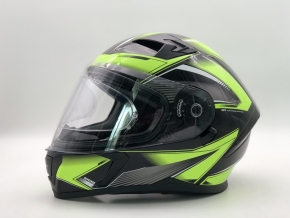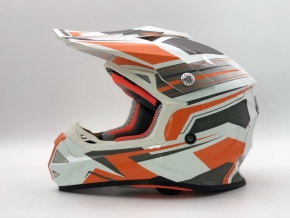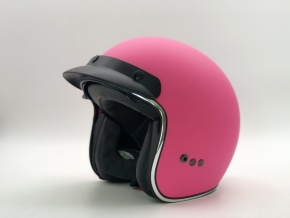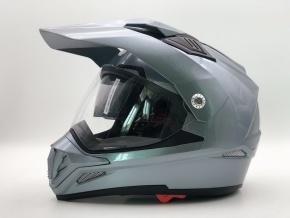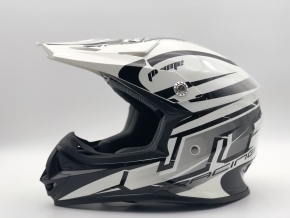Many motorcycle drivers do not wear helmets as required in daily life, but helmets play a vital role in the safety of drivers. Today, I would like to introduce the purchase of motorcycle helmets, the safety protection effect of each part of the structure on driving, and how to maintain the helmets.
How to select Motorcycle helmet manufacturer ? Helmets have many functions, such as windproof, rain proof, insect proof and cold proof, but the most important function is to ensure personal safety. Therefore, the safety of helmets must be taken into account when choosing helmets. The following points should be paid attention to when purchasing helmets:
1. Look at the safety signs on the helmet. Domestic helmets shall be subject to production license and national safety standards. Imported motorcycle safety helmets shall bear the following marks: TIS for Japanese products, SNE for American products, and ECE for European products.
2. Look at the strength of the helmet. When purchasing a helmet, press the helmet hard to see if it is easy to deform. If it is easy to deform or soften, it will not have a good protective effect.
3. Try it on. When trying it on, the key is to be comfortable, and try to see if its shape and size are appropriate.
How to choose motorcycle helmet?
The motorcycle helmet is generally composed of six parts. The following are the safety protection functions of each part structure for the driver:
1. Hat shell: the outermost hard shell of the helmet. In case of accidental collision, the cap shell is the first line of defense to protect the head to disperse the impact force.
2. Cap body: the foam inner layer inside the helmet. It is the second line of defense to protect the head. It is mainly used to absorb the impact force in accidents and reduce accident injuries.

3. Buckle and headband (safety harness): used to fix the helmet position. The hat band is fixed below the ears on both sides, and the buckle is fixed at the throat. Note: After the snap ring is fastened, the snap ring and throat shall be reserved with 1 to 2 finger spaces, and it shall not be too tight or too loose.
4. Air hole: Air hole is to help the head heat dissipation and ventilation, which can ensure the dryness of hair during long-distance riding. The more air holes, the cooler the rider will feel, but the lower the relative safety factor. Generally, helmets with appropriate air holes are preferred.
5. Knob: There is a knob on the back of the motorcycle helmet to adjust the tightness. The driver can adjust the size of the helmet according to the size of his head.
6. Cushion: Cushion can absorb sweat and micro vibration from human body during cycling.
How to choose motorcycle helmet?
Regular cleaning and maintenance of the helmet can keep the helmet in the best protection state and the driver in the safest driving state:
1. Cleaning of helmet interior: after long-term use, dirt will accumulate inside the helmet and produce peculiar smell. In this case, it should be cleaned. It is better to use neutral detergent, and better to use shampoo. In order to avoid the odor of detergent, the amount of detergent should be controlled. Pay attention to the strength during the brushing process. Do not use too much force, or the buffer material will be deformed. After cleaning, wipe off the moisture with a towel and place it in a ventilated place for natural air drying.
2. Surface maintenance of helmet: Compared with the inside of the helmet, the surface of the helmet is easier to be dirty, so wiping the surface is a regular job. When there is a stain on the helmet, first wipe the stain with a wet cloth, and then rub it with the water wax or light wax used for car cleaning to make the helmet clean and bright, or use a special brightener for the helmet, which has better effect.
3. Maintenance of helmet goggles: Since the goggles are transparent devices, be careful when wiping them. When cleaning the goggles, add neutral detergent into the water, scrub with hands, then thoroughly clean with tap water, and then dry the water with a soft cotton cloth or paper towel. Finally, water wax or antistatic agent shall be applied on the outer surface to reduce the adhesion of dust and accelerate the flow of rainwater. The inside of the goggles should be coated with anti fogging agent, which plays an important role in reducing fog adhesion at night.



